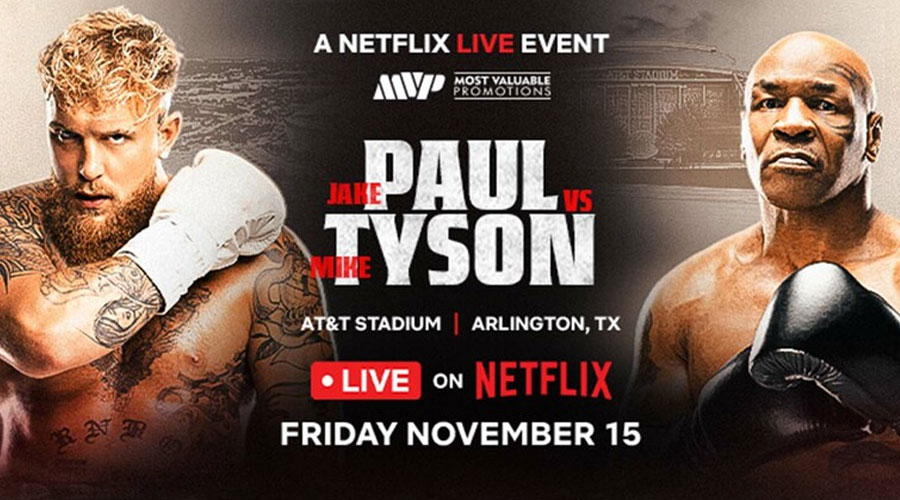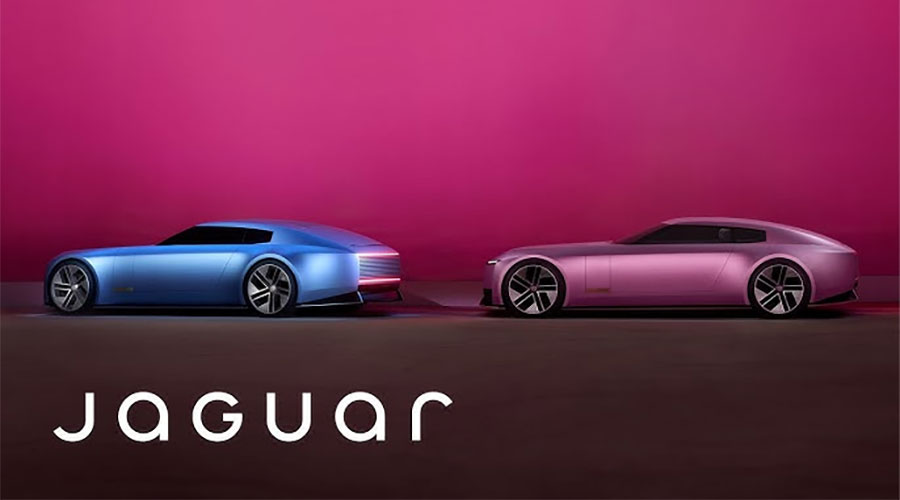Why Instagram’s Video Content Bias is a Problem for Certain Businesses and What You Can Do About It
Instagram’s algorithm has undergone significant changes in recent years, prioritising video content to compete with platforms like TikTok. This shift, while appealing to creators with video-friendly products and services, has left many businesses struggling to keep up. For those whose offerings are not naturally suited to video, the challenge to stay relevant and engage with their audience has become more pronounced. We will critique Instagram’s algorithmic bias towards video content and provide alternative strategies for charming customers and growing your account without relying heavily on video.
The Rise of Video Content on Instagram
The move towards prioritising video content stems from the platform’s desire to compete with short-form video platforms. Instagram Reels, introduced in 2020, became the centrepiece of this strategy. The algorithm now often rewards accounts that produce video content with greater visibility, leaving static images and carousel posts in the shadow.
This bias has created challenges for many businesses, especially those whose products or services do not translate well to dynamic video formats. For instance, a company selling intricately detailed tiles may find it difficult to create compelling video content compared to a business offering fashion or fitness advice, which naturally lends itself to action-packed visuals.
The Problem with a One-Size-Fits-All Algorithm
Instagram’s shift towards prioritising video content has garnered criticism for being exclusionary and forcing all users to adapt to a specific content style. Here are some key issues with this approach:
- Unnatural Fit for Certain Industries: Not all businesses can effectively showcase their products or services through video. Static images often highlight details and textures, key selling points for industries like interior design, fine art, or luxury goods.
- Resource-Intensive: Video production is often more time-consuming and expensive than creating static posts. For small businesses or sole proprietors, the requirement to produce high-quality video content can feel burdensome.
- Algorithmic Disadvantage: Accounts that consistently post images or carousel posts may see their reach decline over time. This forces businesses to either adapt or risk losing engagement, even if their audience prefers non-video content.
- Loss of Creativity: Pushing all users towards video content reduces the diversity of creative expression on the platform. Static photography, graphic design, and written captions—once hallmarks of Instagram’s charm—are now often overlooked.
- User Fatigue: Not all Instagram users are seeking video content. Some audiences prefer the simplicity of static posts, which are easier to scroll through and consume quickly.
Alternative Ways to Grow Your Instagram Account
If video content is not a natural fit for your business, don’t despair. Plenty of ways exist to charm your audience and grow your Instagram account. Here are some alternative strategies:
1. Master the Art of Storytelling
Great storytelling can make even the simplest products or services engaging. Use your captions to share the history of your business, the inspiration behind your designs, or testimonials from satisfied customers. Pair these stories with high-quality images that resonate with your audience.
2. Leverage Carousel Posts
Carousel posts allow you to showcase multiple images in a single post, making them an excellent tool for telling a visual story. For example, a tile business could use a carousel to show a tile’s journey from design to installation. Carousels also encourage users to spend more time on your post, which can boost engagement.
3. Focus on High-Quality Photography
Instagram may favour video content, but the platform is still visually driven. Investing in professional photography can make your products stand out. Use natural lighting, creative compositions, and close-ups to highlight intricate details.
4. Create Informative Graphics
Infographics and educational posts can provide value to your audience without requiring video. For instance, you could create a post explaining how to choose the right tiles for different spaces, complete with visuals and text overlays.
5. Optimise Your Use of Stories
Instagram Stories remain a valuable tool for engagement. Use Stories to share behind-the-scenes content, conduct polls, or showcase user-generated content. While Stories can include video, static images and text-based posts can also be effective.
6. Collaborate with Influencers
Partnering with influencers in your niche can help you reach a wider audience. Look for influencers who align with your brand’s values and aesthetics. They can create content—whether video or static—that promotes your products in an authentic way.
7. Encourage User-Generated Content (UGC)
User-generated content is an excellent way to showcase your products in real-world settings. Encourage customers to tag your account in their posts or use a branded hashtag. Feature their content on your profile to build community and trust.
8. Write Engaging Captions
Captions are an underrated tool for engagement. Crafting thoughtful, engaging captions can spark conversations and encourage your audience to interact with your posts. Don’t be afraid to ask questions or invite your followers to share their thoughts.
9. Host Giveaways and Contests
Giveaways and contests are proven to boost engagement and attract new followers. Make the rules simple and ensure the prize is relevant to your audience. For example, you could offer a discount or free product to participants.
10. Engage with Your Audience
Engagement is a two-way street. Respond to comments, like your followers’ posts, and participate in discussions within your niche. Building relationships with your audience can foster loyalty and improve your visibility.
11. Utilise Hashtags Strategically
Hashtags remain a powerful tool for increasing the reach of your posts. Research trending and niche-specific hashtags relevant to your industry. Avoid overloading your captions with hashtags; instead, focus on a mix of popular and targeted ones.
12. Tap into Community Features
Instagram’s community features, such as Guides and collaborative posts, can help you provide value and stay relevant. For example, create a Guide showcasing different ways to use your products or collaborate with another account on a post that highlights complementary offerings.
A Balanced Approach
While video content is undeniably effective for certain businesses, it should not come at the expense of other forms of content that resonate with different audiences. Instagram’s algorithmic bias risks alienating users who cannot or do not wish to produce video content, potentially driving them to other platforms. By implementing alternative strategies, businesses can continue to thrive on Instagram without conforming to a one-size-fits-all approach.
Instagram’s prioritisation of video content is a double-edged sword. While it opens new opportunities for creativity, it also poses challenges for businesses whose products or services are better suited to static images. By focusing on high-quality photography, storytelling, and audience engagement, you can overcome these challenges and continue to grow your account. The key is to stay authentic to your brand and create content that genuinely resonates with your audience—whether it’s video, photo, or text.
As Instagram continues to evolve, adapting while staying true to your unique strengths is essential. After all, the goal is to beat the algorithm and build meaningful connections with your audience.






